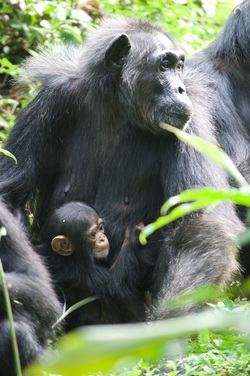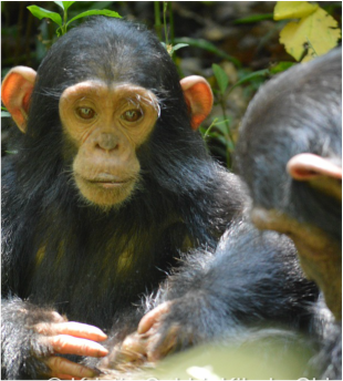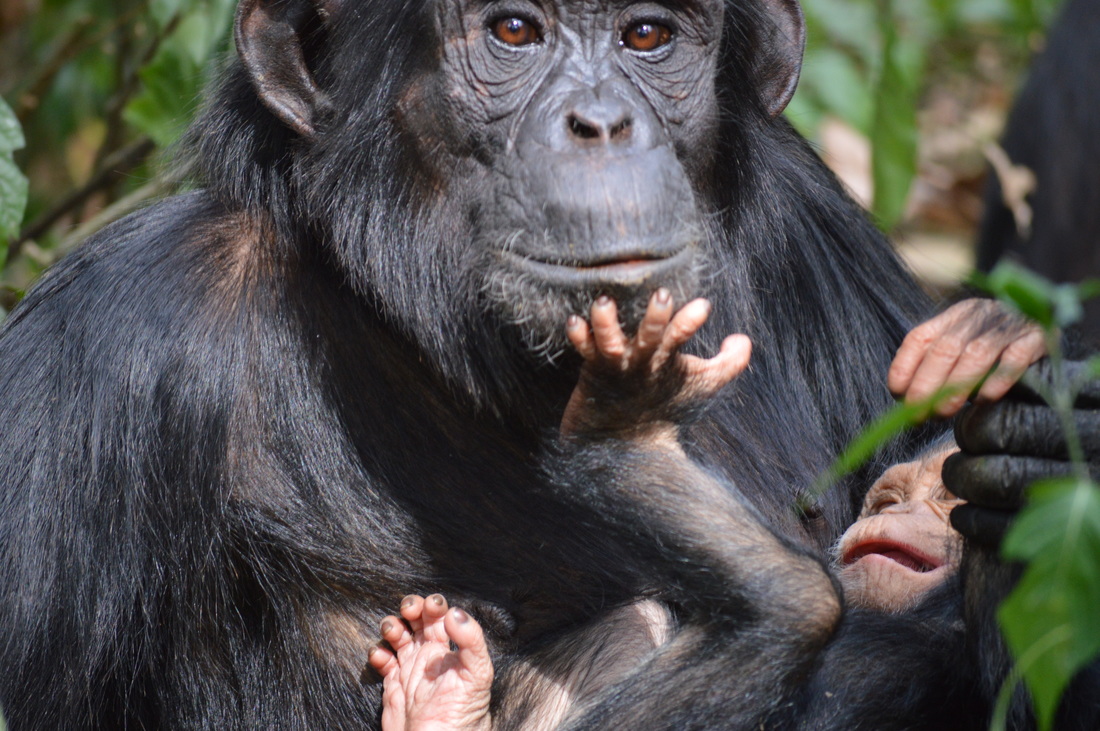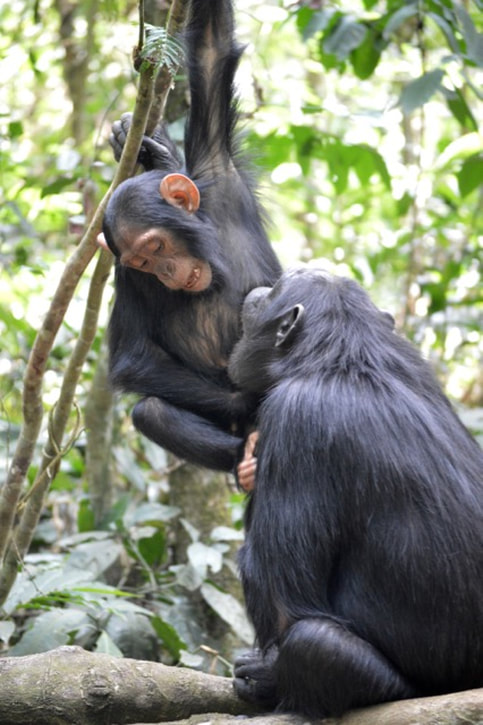Research Interests
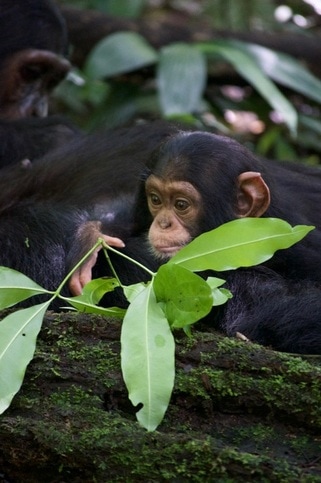 One of my tiny research subjects, Utah, exercising those little infant muscles One of my tiny research subjects, Utah, exercising those little infant muscles
My dissertation research revolved around chimpanzee social and hormonal development with a focus on tracking sex differences in social strategies. The major aims of my project were to examine how androgen hormones, underlying differences in social attention, and social experience interact to shape male and female social behavior between infancy and adolescence.
To achieve this, I followed infant and juvenile chimpanzees of the Kanyawara community of chimpanzees at Kibale National Park, Uganda (see map at right), observing social interactions, collecting detailed data on gaze and attention, and opportunistically collecting urine samples for hormonal analysis. Yes, it is actually the best job. |
Click here to find KCP on Facebook! |

